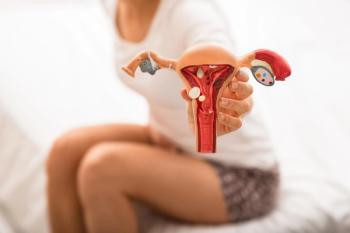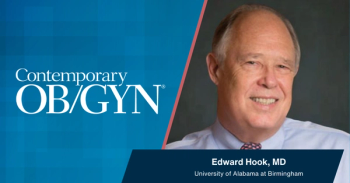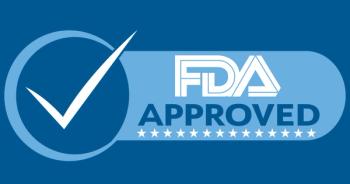
History of PTD signals risk at same gestational age in subsequent pregnancy
Women who have had either a spontaneous or medically indicated preterm delivery (PTD) have a risk of recurrence of either condition with the next pregnancy, which suggests they may have common causes, according to a study published in the September issue of the American Journal of Obstetrics and Gynecology.
Women who have had either a spontaneous or medically indicated preterm delivery (PTD) have a risk of recurrence of either condition with the next pregnancy, which suggests they may have common causes, according to a study published in the September issue of the American Journal of Obstetrics and Gynecology.
Cande V. Ananth, PhD, MPH, of the University of Medicine and Dentistry of New Jersey, Robert Wood Johnson Medical School in New Brunswick, and colleagues studied 154,809 women who had two successive live births. Spontaneous PTD was defined as onset of labor and delivery at less than 35 weeks. Medically indicated PTD was defined as women who delivered preterm through induction of labor or by cesarean section.
Women who had a spontaneous PTD were 3.6 times more likely than women who gave birth at term to have a PTD in their next pregnancy. They were also 2.5 times more likely to have a medically indicated PTD.
Women who had a medically indicated PTD were 10.6 times more likely than other women to have the same diagnosis for the second birth, and 1.6 times more likely to have spontaneously delivered PTD. The risk of PTD was highest at the same gestational age as the first PTD.
"Our study corroborates a number of previous observations and provides substantially new data regarding preterm birth recurrence," the authors concluded.
Ananth CV, Getahun D, Peltier MR, et al. Recurrence of spontaneous versus medically indicated preterm birth. Am J Obstet Gynecol. 2006;195:643-650.
Newsletter
Get the latest clinical updates, case studies, and expert commentary in obstetric and gynecologic care. Sign up now to stay informed.










